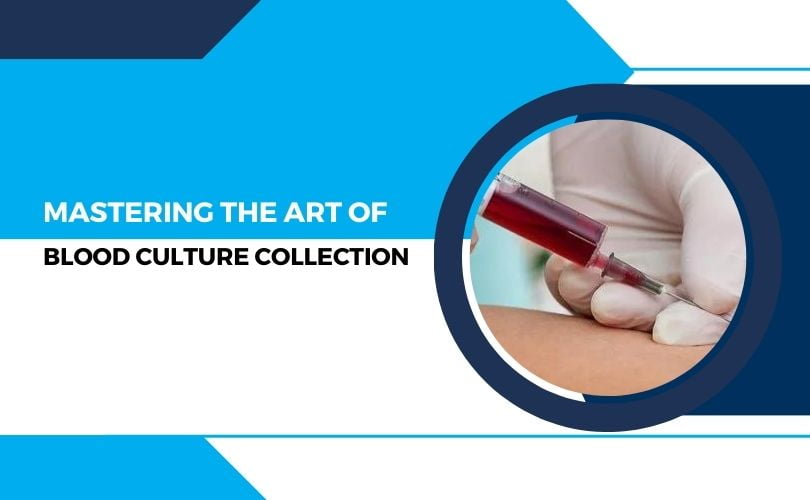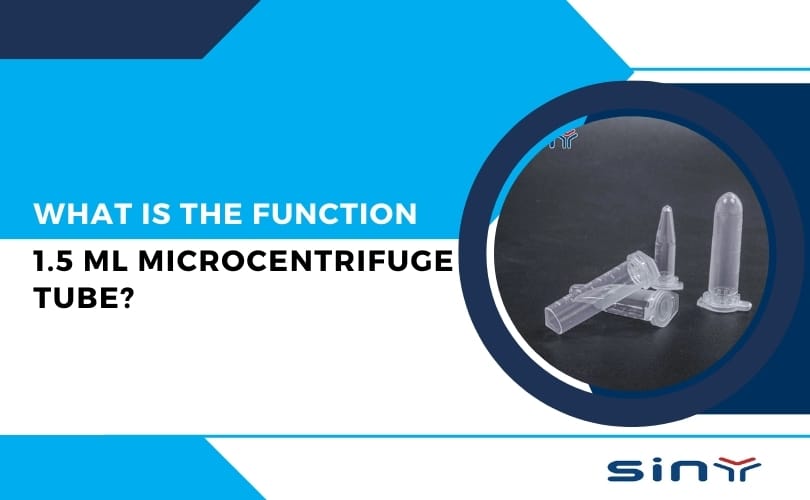In the realm of medical diagnostics, blood cultures play a pivotal role. They serve as the detectives of the blood culture collection, identifying the culprits behind serious infections. For healthcare professionals and lab technicians, mastering this art isn’t just a skill—it’s a crucial responsibility. With the right equipment, like those offered by Sinymedical, and proper techniques, accuracy can be achieved.
Table of Contents
- 1 Introduction to Blood Cultures
- 2 The Critical Role of Blood Cultures
- 3 Steps to Mastering Blood Culture Collection
- 4 The Collection Process
- 5 Common Challenges and Solutions
- 6 Factors Affecting Blood Culture Success
- 7 The Evolution of Blood Culture Techniques
- 8 Ensuring Quality with Sinymedical
- 9 Conclusion
- 10 FAQs
Introduction to Blood Cultures
What is a Blood Culture?
Have you ever wondered how doctors identify the specific bacteria or fungi causing an infection in our bloodstream? Enter blood cultures. A blood culture is a laboratory test that checks for bacteria or other microorganisms in a patient’s blood.
Why are Blood Cultures Important?
Detecting the presence of harmful pathogens in the bloodstream is critical. A positive blood culture can guide treatment, ensuring the patient receives the most effective antibiotics or antifungals. Early diagnosis can significantly improve patient outcomes.
The Critical Role of Blood Cultures
Blood cultures aren’t mere procedures; they’re lifesavers. They help identify potentially lethal microorganisms in our bloodstream, ensuring patients get the most precise treatment possible.
Steps to Mastering Blood Culture Collection
- Understand the Importance: Before diving into the procedure’s gravity, one must understand it. A small oversight can lead to a misdiagnosis and inappropriate treatment.
- Gather Essential Supplies: Using reliable equipment, like the ones available at Sinymedical, is crucial. Ensure you have sterile blood culture bottles, antiseptic swabs, tourniquets, and appropriate needles.
- Prepare the Patient: Communication is essential. Explain the procedure to the patient, ensuring they’re calm and comfortable. This eases their anxiety and ensures minimal muscle movement during the process.
- Choose the Right Site: The antecubital fossa is a favorite, but sometimes the wrist or the back of the hand might be more suitable. The key is to find a site with prominent veins and minimal risk of contamination.
- Sterilization is Key: Once you’ve chosen the site rigorously with an antiseptic swab once you’ve chosen the site. This step is crucial to avoid contaminating the sample.
- Collect the Blood: With a steady hand, insert the blood collections needle, draw the blood, and transfer it to the culture bottle. Ensure there are no air bubbles.
- Post-collection Care: Label the sample correctly, noting the time of Cell Culture Plate. Transport it to the lab promptly. Any delay can compromise the sample’s integrity.
- In the Lab: The role of the lab technician becomes paramount here. Incubating the sample, promoting growth, and then identifying any microorganisms are critical steps.
Necessary Equipment Before you dive in, ensure you have all the necessary Equipment:
- Sterile blood culture bottles
- Alcohol and antiseptic swabs
- Sterile gloves
- Tourniquet
- Syringes and needles
Patient Preparation Imagine someone pricking your vein out of the blue—not pleasant, right? Hence, always explain the procedure to the patient. Ensure their comfort, both physically and m
The Collection Process
Choosing the Venipuncture Site
Choosing the right spot is like finding the sweet spot in a juicy watermelon. The antecubital fossa (the inner elbow region) is generally preferred, but the top of the hand or wrist can also be used.
Cell Culture Flask: A cell culture flask is a laboratory tool used to grow and maintain cell cultures. It comprises a plastic or glass flask with a flat bottom and a screw-on cap.
Cell Culture Plate: A cell culture plate, also known as a culture dish or well plate, is a laboratory tool used to grow and analyze cell cultures. It consists of a plastic or glass plate with multiple wells or compartments that can be filled with a nutrient-rich medium to support cell growth.
Collecting the Sample
Here’s the tricky part. It’s not just about sticking a needle in; it’s an art:
- Clean the chosen site using an alcohol swab.
- Position the needle at a 30-degree angle.
- Insert the needle, and draw the required amount of blood.
- Transfer the blood to the culture bottles, ensuring no air bubbles.
- Discard used needles safely.
After Collection Procedures
Handling and Transportation: Think of this Sample as a delicate flower; it needs careful handling. Ensure the samples reach the lab in the shortest time possible and under appropriate conditions to preserve their integrity.
Tips for Reducing Contamination: Contamination is like an unwanted guest at a party. To keep it away:
- Always wear a fresh pair of gloves.
- Sterilize the venipuncture site thoroughly.
- Ensure that culture bottles are never directly touched.
Common Challenges and Solutions
Avoiding Hemolysis: Nobody likes a broken cell. Hemolysis can ruin the sample. Use a gentle technique and ensure the needle size is appropriate for the patient.
Reducing the Risk of Contamination: We’ve said it once, and we’ll say it again. Sterilization, fresh equipment, and proper technique are your best friends here.
Factors Affecting Blood Culture Success
- Patient’s Condition: Dehydrated patients or those with collapsed veins might pose a challenge. Being patient and using vein visualization tools can be helpful.
- Volume of Blood Collected: Too much or too little can skew results. It’s vital to collect just the right amount.
- Timing of Collection: For patients on antibiotics, drawing blood cultures before the next dose increases the chances of detecting microorganisms.
- Temperature and Storage: Samples should be stored at appropriate temperatures to maintain integrity.
The Evolution of Blood Culture Techniques
With technology constantly advancing, blood culture collection methods and tools have evolved.
- Automated Systems: Modern labs rely on automated blood culture systems that detect bacterial growth more efficiently and quickly, ensuring timely intervention.
- Molecular Techniques: PCR and other molecular techniques have enabled faster identification of pathogens, cutting down the waiting time.
- Digital Reporting: Electronic health record integrations mean results are relayed to caregivers faster and more efficiently.
Ensuring Quality with Sinymedical
Quality is paramount when it comes to blood culture collection. Using sub-par equipment or materials can lead to contamination, false results, or harm to the patient. This is where Sinymedical offers products that meet the highest industry standards.
- Sterile Products: Sterility ensures minimal risk of contamination. With products that adhere to strict manufacturing protocols, Sinymedical guarantees this.
- User-friendly Designs: Whether it’s blood culture bottles or needles, the design can significantly impact the user’s experience, ensuring ease of use and patient comfort.
- Consistent Quality: Reliable results come from consistent quality. Sinymedical ensures that every product, batch after batch, meets the set standards.
Conclusion
When done right, blood culture collection can be the guiding light in diagnosing and treating life-threatening infections. As techniques and tools evolve, professionals must stay updated and choose partners like Sinymedical that prioritize patient safety and result accuracy.
FAQs
1. How do automated blood culture systems work?
They monitor the blood samples for signs of bacterial growth using advanced sensors and algorithms, alerting the lab once a positive growth is detected.
2. Why are molecular techniques becoming more popular?
They offer faster identification, sometimes in just a few hours, allowing for rapid treatment decisions.
3. How often are blood cultures contaminated?
Rates vary, but with proper technique and equipment, contamination rates should be below 3%.
4. Why is the volume of blood collected crucial?
Too little, and you might miss the bacteria. Too much could dilute the sample, affecting the results.
5. What makes Sinymedical stand out in the market?
Their commitment to quality, innovative product design, and a deep understanding of healthcare professionals’ needs make them a leader in the industry.



























































